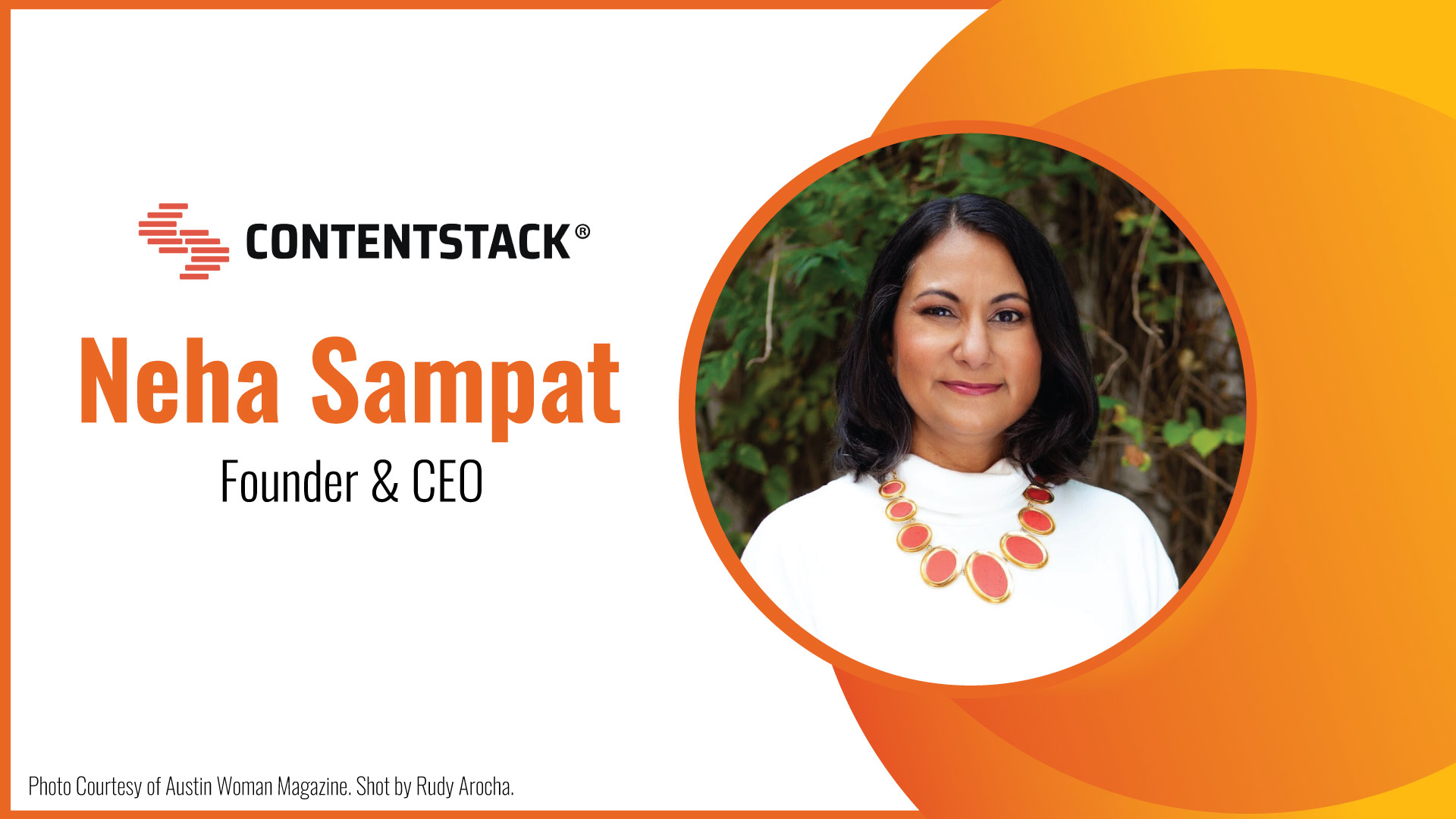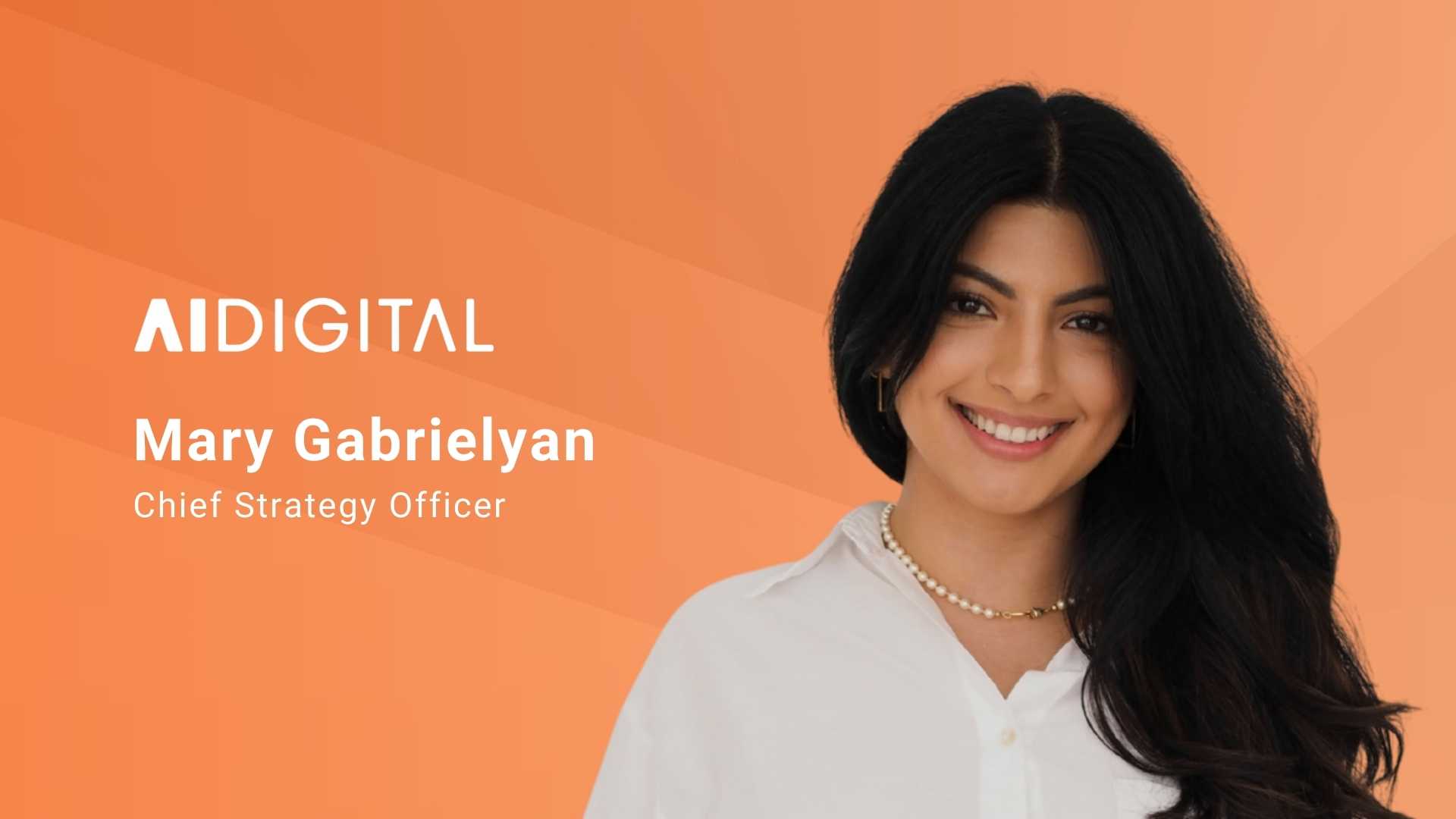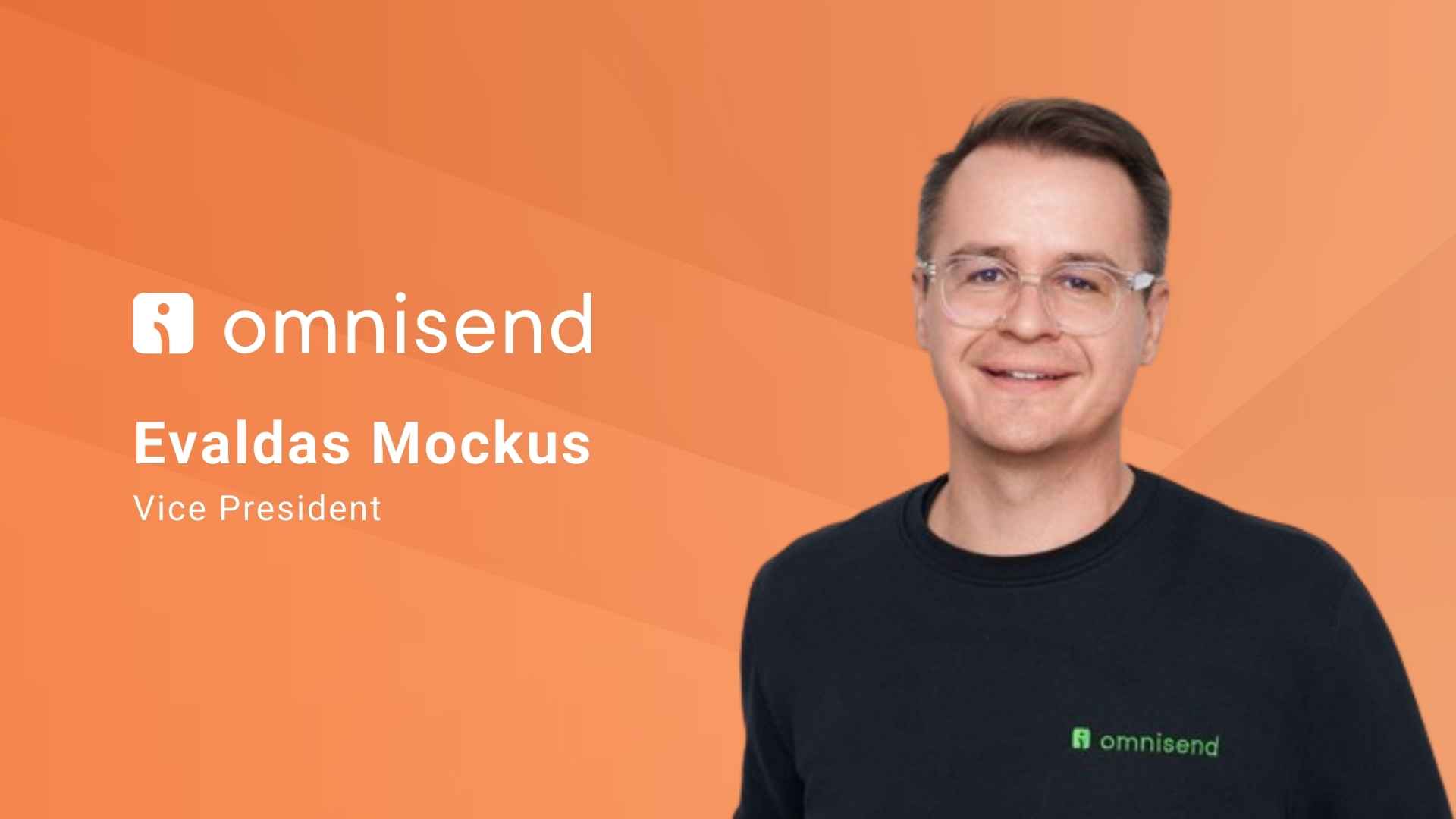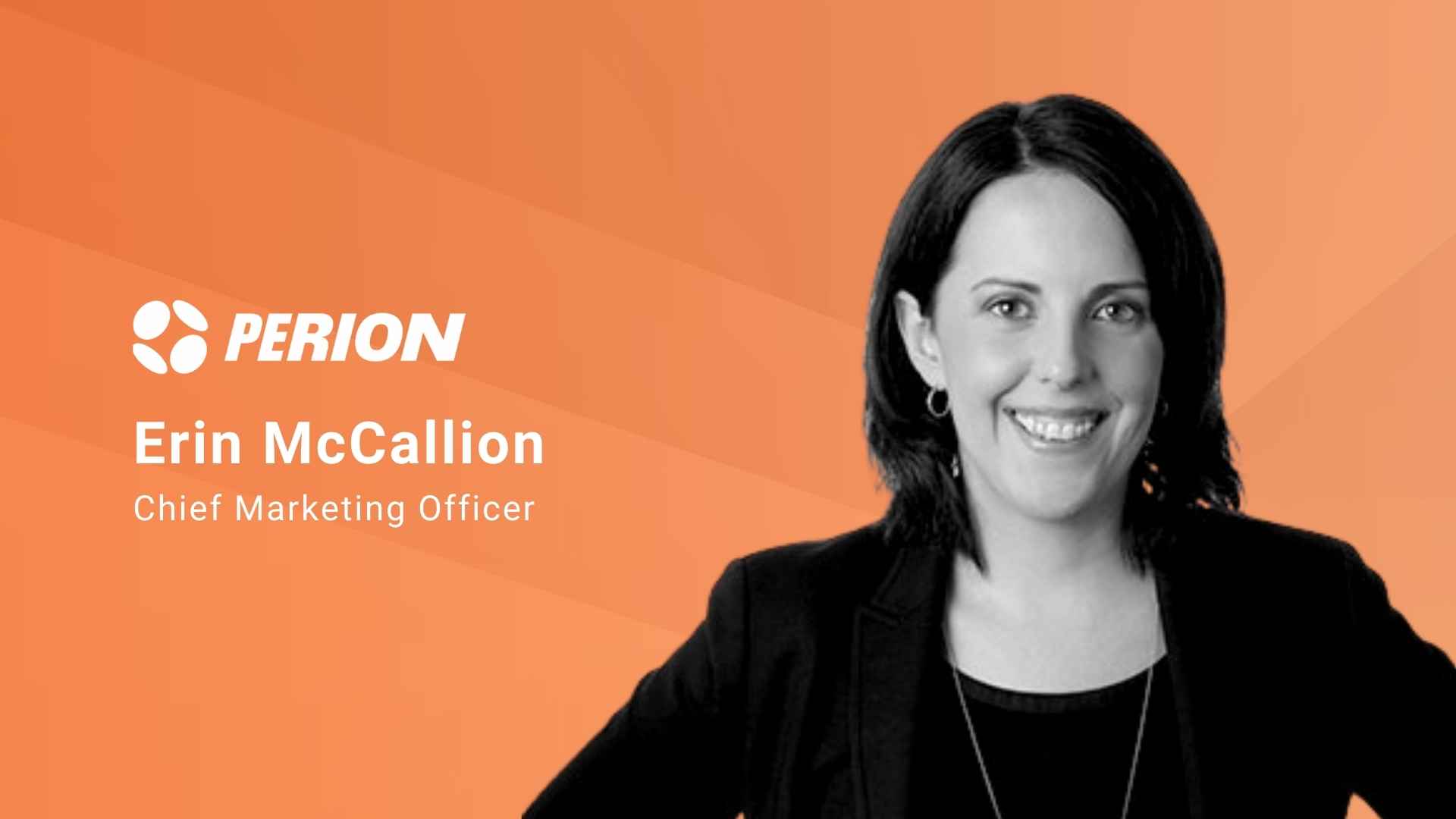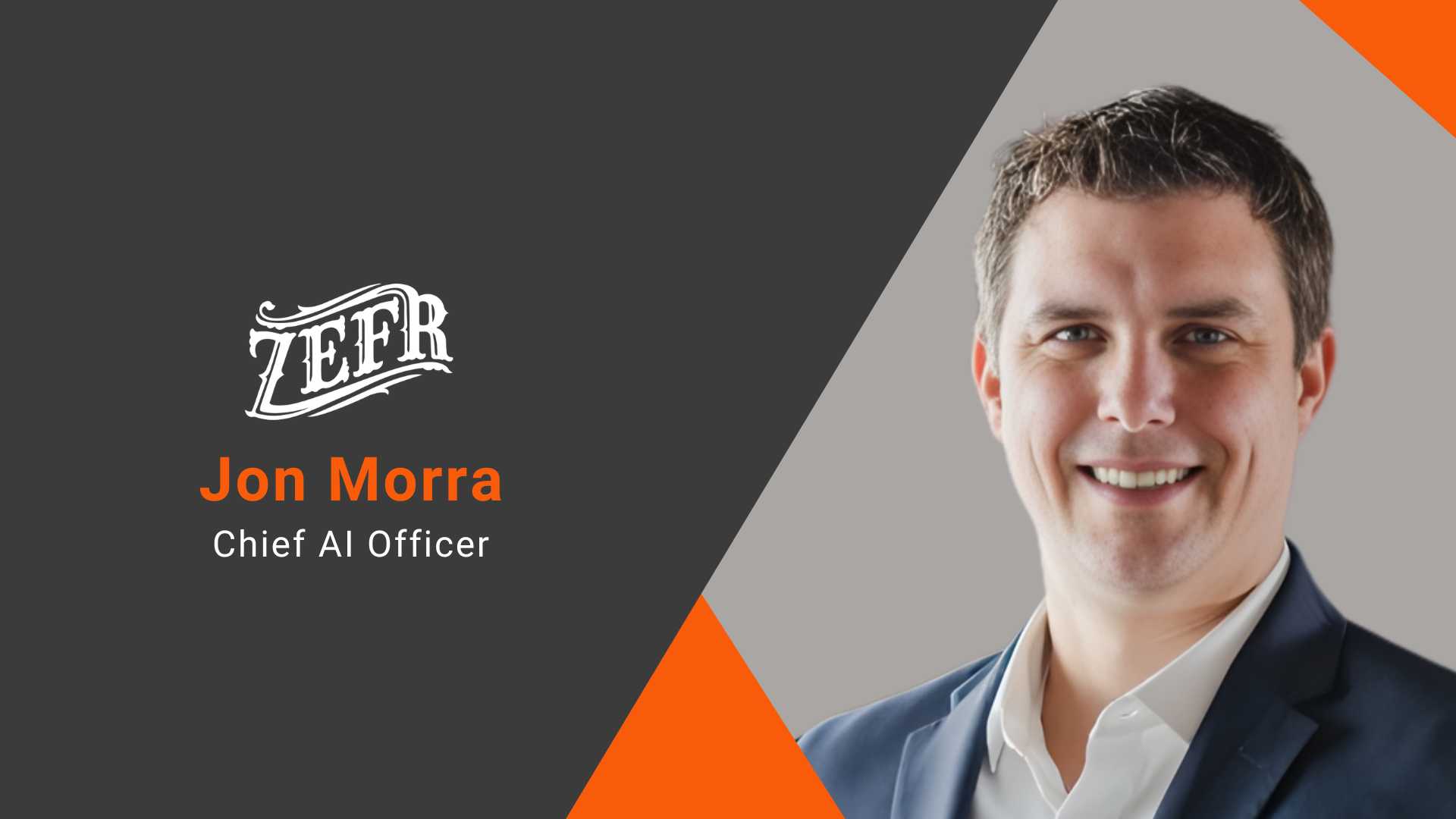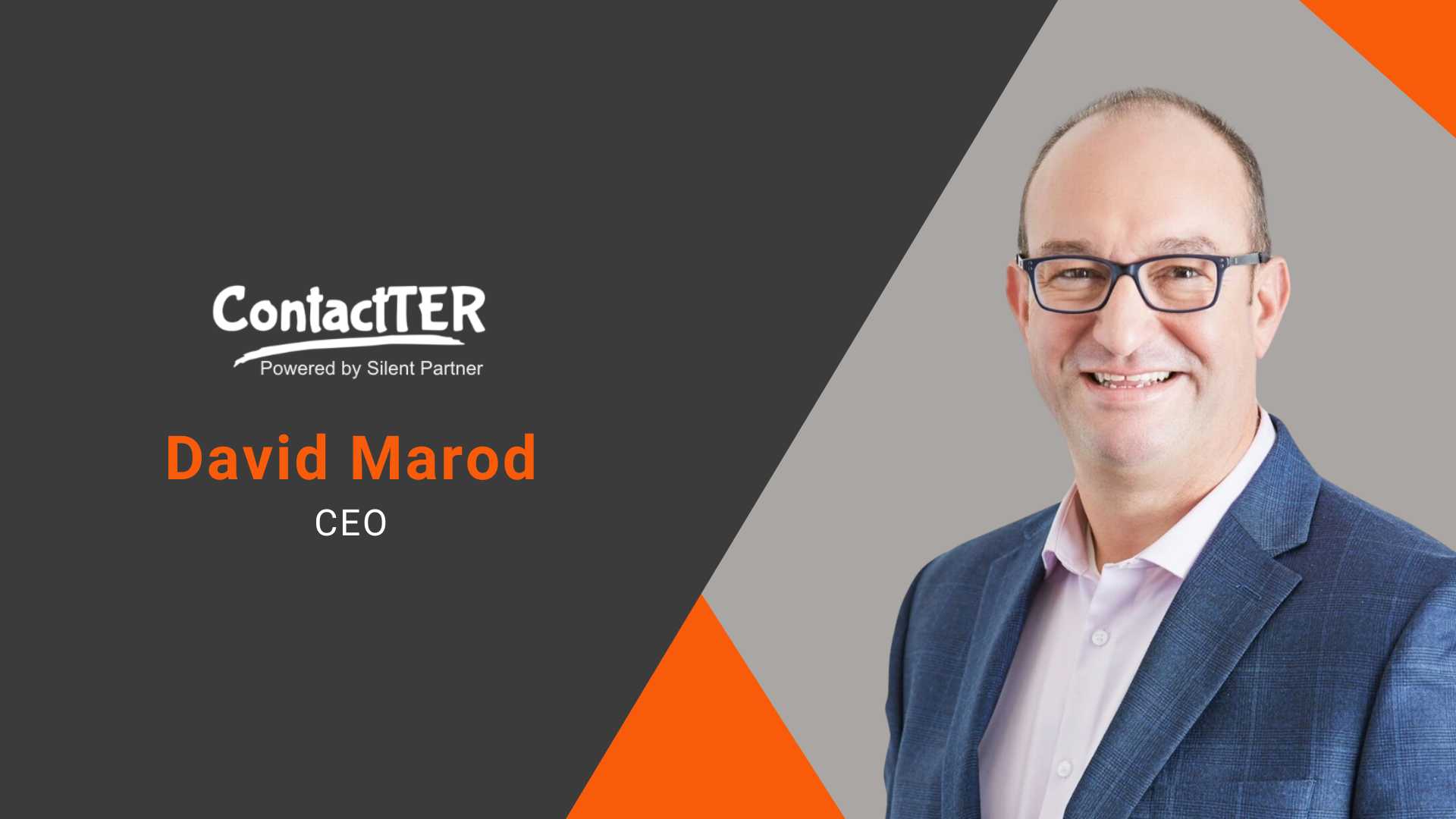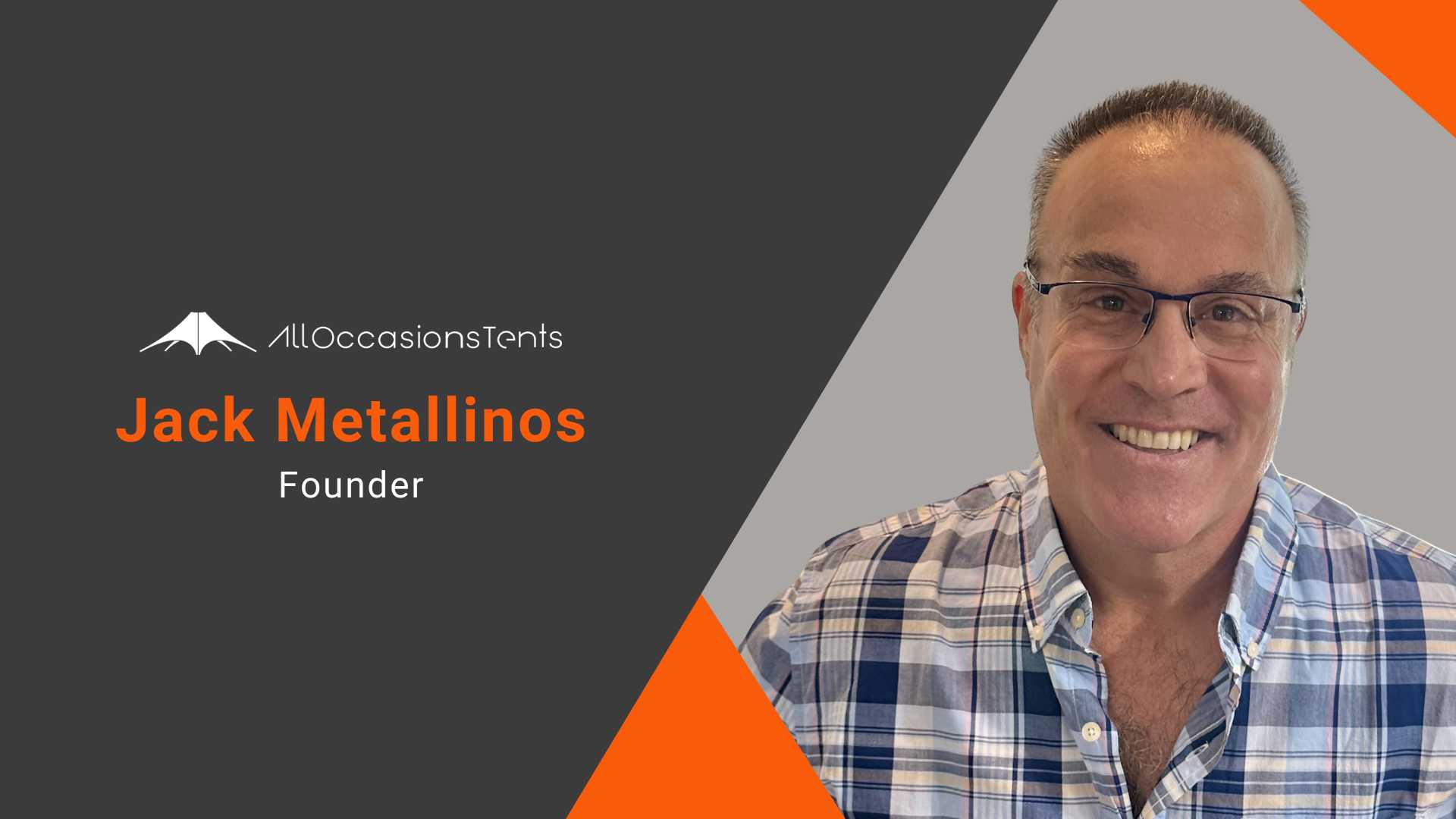
content management
Martech Edge Interview with Thomas Peham, VP of Marketing, Storyblok
content management 18 Apr 2024
You have an impressive experience in marketing across various industries. Can you tell me a bit about your career path and the lessons learned along the way?
You can call me the accidental marketer. I ended up in marketing which I never planned.I studied business administration as I didn't really know what else to pursue in life but becoming a manager sounded interesting.
During my study program, I became interested in HTML and building websites. I started playing around with HTML and CSS and soon after I built a few websites for local clubs and organizations for free.
A few months later, I got my first paid gig building a website for a local business. Through building websites, I got into SEO and wrote my bachelor thesis about SEO for small businesses.
This ultimately led me to my first ‘real job’ in marketing - which was at a full service marketing agency. There I learned everything from traditional marketing to digital marketing and building websites for big corporations.
The concept “Headless CMS” is slowly gaining traction but known to the few. Can you elaborate more on the concept?
A Headless Content Management System (CMS) represents a significant shift from traditional CMS architectures. Unlike traditional CMSs where the content management and content delivery layers are tightly coupled, a Headless CMS separates the content management back end from the front-end presentation layer. This architecture allows developers to use APIs to deliver content to any front-end system, be it websites, mobile apps, or other media, making it a versatile choice for content delivery across multiple platforms.
The ‘headless’ in Headless CMS refers to the removal of the ‘head’ (the front end, or the website) from the ‘body’ (the back end, or the content source). This decoupling allows developers and content creators to focus more on the content itself rather than worrying about how it will be displayed or managed on a specific platform. Content is created, managed and stored on the back end and, through API calls, it can be displayed on any front-end framework or technology stack, giving developers the freedom to choose their tools and technologies.
Some of the key benefits of a Headless CMS include:
- Omnichannel delivery - content can be delivered across multiple channels, including web, mobile, IoT devices and even AR/VR platforms, from a single content repository.
- Flexibility - developers are not constrained by the limitations of a specific front-end system and can use any technology stack or framework they prefer for the front end.
- Scalability as businesses grow and evolve - a Headless CMS can easily adapt to new channels and technologies without requiring significant changes to the content infrastructure.
- Enhanced performance - since the front end is developed independently, it can be optimized for performance without being bogged down by back-end processes.
How do you foresee the role of AI evolving in CMS platforms in the context of content governance, compliance, and security?
From a compliance perspective, AI is invaluable in managing the complexities of global regulations such as GDPR, the Digital Markets Act (DMA) and, for example, the Health Insurance Portability and Accountability Act (HIPAA).
AI-driven systems can be trained to identify and classify sensitive information, ensuring that it is handled correctly. They can automate the enforcement of retention policies, redact sensitive information in documents according to policy and provide audit trails for all content, which is crucial for compliance.
Security is another area where AI is becoming integral. With the increasing sophistication of cyber threats, AI can continuously monitor and analyze data to detect anomalies that may indicate a breach or a security threat, often more efficiently than humans can. AI systems can implement adaptive security measures, automatically updating defenses in response to emerging threats.
I see AI becoming a core component of CMS platforms, not just as a tool for content creation and management but as a guardian of governance, compliance and security. As AI technology continues to evolve, we can expect to see more advanced predictive analytics, automated content personalization and real-time compliance adjustments that adapt to changing regulations.
Storyblok aims to utilize AI not only to streamline content delivery across channels but also to provide businesses with the tools they need to manage their digital content responsibly and securely, with minimal human intervention. This will allow creators to focus on creating meaningful content experiences while trusting the system to manage the intricacies of compliance and security.
What trends do you see shaping the future of CMS platforms? What advice would you give the aspiring content writers?
I see several key trends that are shaping the future of CMS platforms. Firstly, headless CMS architectures are gaining prominence because they provide the flexibility to deliver content seamlessly across different channels and devices. This aligns well with the growing demand for omnichannel experiences. Secondly, the integration of AI in CMS is accelerating. AI can automate routine tasks, enhance content personalization and optimize workflows, which increases efficiency and effectiveness. Lastly, as data privacy remains a critical concern, CMS platforms are evolving to offer stronger security measures and ensure compliance with global regulations like GDPR.
For aspiring content writers, my advice is straightforward. Embrace the technology that drives modern CMS platforms, as this will not only improve your efficiency but also expand your capabilities in content management and delivery. Additionally, keep SEO at the forefront of your writing practices. Understanding and implementing SEO effectively can vastly improve the visibility and reach of your content. Lastly, never stop learning; the digital landscape is constantly changing, and staying updated with the latest trends and tools will keep you competitive and relevant in the field.
MarTech Edge Interview with Neha Sampat, Founder & CEO, Contentstack
content management 13 Apr 2023
As a woman in tech, tell us about your journey so far.
Growing up in Pomona, California—the town where my parents settled in after leaving India—I learned at a young age that I needed to bet on myself. I had watched my parents struggle financially as my father tried to make his various business ideas work. I was motivated to earn my allowance from potential customers instead of my mom and dad, so I created my own business when I was about 11 years old.
From that point on, I was eager to learn how to grow a business—in every way, shape, and form. When I was in school for my MBA, one of my professors gave me a profound piece of advice: “Business is simple. It’s about increasing revenue and decreasing costs.” Twenty years later, and with three tech companies under my belt, I’m still actively learning and growing my business, Contentstack, into what it’s meant to be.
How has the Contentstack product development journey been till now, and what changes you see in 2023?
Prior to Contentstack, I co-founded Raw Engineering to help enterprises manage digital transformation in the early days of cloud and mobile technologies. My team immediately realized a significant pain point for clients was integration—giving way to the creation of Built.io—which my co-founder and I sold to Software AG down the line. Shortly after developing Built.io, my co-founder, Nishant Patel, saw the need to develop a modern, API-based Content Management System as part of this same transformation.
Once we solved the integration headaches, we found that the source of enterprises’ pain was now their infrastructure. To deliver unique digital experiences, enterprises needed to be liberated from legacy all-in-one suites. The only thing that would give the creative freedom that brands needed was a headless CMS and composable architecture—so Contentstack created the solution.
Product development trends should always align with customer needs—and direct value for time and money spent on software. Looking ahead into 2023 and beyond, this means
1) speed of deployment and delivery through integrated front-end hosting,
2) more AI-powered services to speed content creation and intelligence,
3) automation, or the ‘glue,’ between various composable services in the content ecosystem, and
4) an increased focus on low-code, visual editing to enable business users to create and publish content faster.
Contentstack got significant funding for an omnichannel boost, so how do you see things changing?
Following our Series C funding, we have been focused on helping customers, prospects, and partners on their journeys to go composable. Our ‘Go Composable’ initiative provides practical solutions for global enterprises to select and integrate best-of-breed technology into composable architectures for digital experience creation. We combine innovative technology, dedicated expertise, and ROI analysis tools to accelerate the customer journey and overall experience. As a part of that initiative, we have created a back-end to front-end solution so teams can meet the demands of their business faster.
Please explain the Composable Digital Experience & how it helps deliver the desired customer experience results.
Contentstack’s broader Composable DXP vision is to radically simplify the creation and delivery of digital experiences via AI and automation technologies. The vision embraces Contentstack’s core ‘better together’ foundational elements—Headless CMS, Marketplace, Automation Hub, Launch—from the back-end to the front-end so teams can meet the demands of their business faster.
Which trends in the industry are you focusing on that will impact marketing and sales?
The most important focus areas align around delivering real value to our customers. While some trends are hype, others provide a return on time and investment. For example, integrating OpenAI into the Contentstack platform has shown existing customers how they might speed up the process of creating and delivering relevant, timely content to their end users. When the platform delivers real value, marketing and sales impact is a byproduct, and the business grows.
How do you align sales, marketing, and customer success teams to drive organizational growth?
The biggest thing we do to align sales, marketing, and customer success is to have overarching goals across the company that everyone strives for—and reinforce these goals over the course of the year so there is never any question about our North Star. We get there by empowering teams to make decisions and build processes to achieve those goals.
Sharing company goals transparently—and measuring progress along the way—empowers everyone to align with the North Star as a key contributor. It’s pivotal to create a culture of empowerment at your company, but that culture doesn’t just happen, despite everyone’s best intentions. Leaders have to enable it with systems, structures, and transparency.
Which is the most critical pain point your product has been solving?
We’re helping our enterprise customers move from expensive, hard-to-use, monolithic systems to composable architecture. Without composable stacks, their businesses won’t be flexible and scalable enough to respond to changing customer and market demands—those are the pain points we’re solving for. The rigid nature of monolithic technology hampers business’ and tech teams’ creativity and productivity. But we also understand that the move to composable can be perceived as complex, so our ‘Go Composable’ initiative provides customers peace of mind—and a human touch every step of the way.
Do you foresee any product, marketing, and technology challenges in the Composable Digital Experiences?
One of the biggest challenges our customers are working to overcome is the notion of ‘accepting the status quo.’ No individual, team, or organization should accept that; we should all strive to break the barrier of what we’ve accepted as the status quo to create better, more efficient solutions.
We’ve made incredible strides in the industry over the last few years to help companies embrace composable and challenge the status quo, and we’re going to continue doing just that.
What do you think lies in the future of Composable Digital Experiences?
As the adoption of composable architectures becomes more mainstream, it will become easier to adopt, with heightened expectations, around ease of use, automation, integrability, and ‘citizen development.’ Effective data management will also become critical to the success of composable digital experiences, with organizations leveraging AI and machine learning to derive insights from their data to deliver relevant and useful content to their main audiences and channels.
What makes Contentstack stand out from its competitors?
At Contentstack, we help companies worldwide create digital experiences, like websites, mobile apps, and e-commerce sites. We help them do it super fast, manage it all easily, and ultimately help them make and save more money. What sets us apart as a company is our ‘Care without Compromise’ DNA which comes from having originated as a services company where our mantra is that we won’t let any of our customers fail. This extends to our company culture as good humans who will constantly stay ahead of the market and do the right thing. Our culture is built on strong values rooted in community, integrity, and care.
In addition, Contentstack has the highest innovation velocity in the industry, with over 350+ releases per year. In a SaaS delivery model, you benefit from these product updates instantly. That means no more tech debt, always being on the highest security level, and the latest functionality at both your tech and business teams’ disposal every single day. And best of all—over 50% of our functionality releases stem from customer requests, so you have a direct influence on the future of Contentstack. This approach has led to the most ‘first, best & only’ initiatives among our competitors with solutions like Automation Hub, Launch, Live Preview, and Multi-cloud support, alongside our industry leadership as a founding member of the MACH Alliance, advocating for best-of-breed composable technology that is Microservices-based, API-first, Cloud-native SaaS, and Headless.
Page 1 of 1
Most Recent
How AI Is Rewriting Trust and Buying Behavior in 2026"
Interview Of : Mary Gaberielyan
Redefining Marketing Seniority in the Age of AI: Why Adaptation Matters More Than Experience
Interview Of : Evaldas Mockus
Speaking the CFO’s Language: How Unified Measurement Is Redefining Marketing’s Role in Growth
Interview Of : Erin McCallion
Zefr Awarded New U.S. Patent for AI-Powered Content Classification Process
Interview Of : Jon Morra
Silent Partner’s Contactter.ai Platform Counters the Auto Industry’s Lead Follow-Up Crisis
Interview Of : David R. Marod
How Great Customer Service Is the Best Marketing Tool
Interview Of : Jack Metallinos

